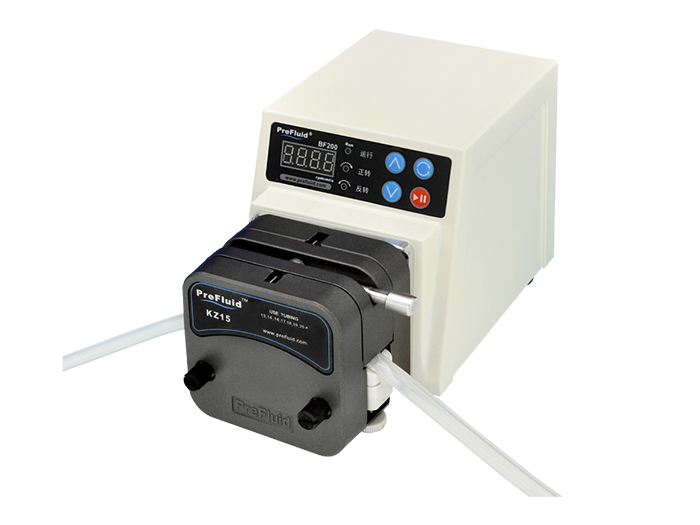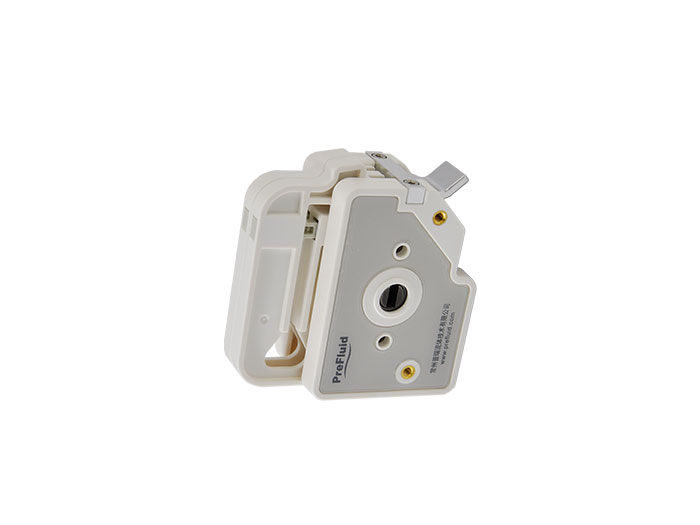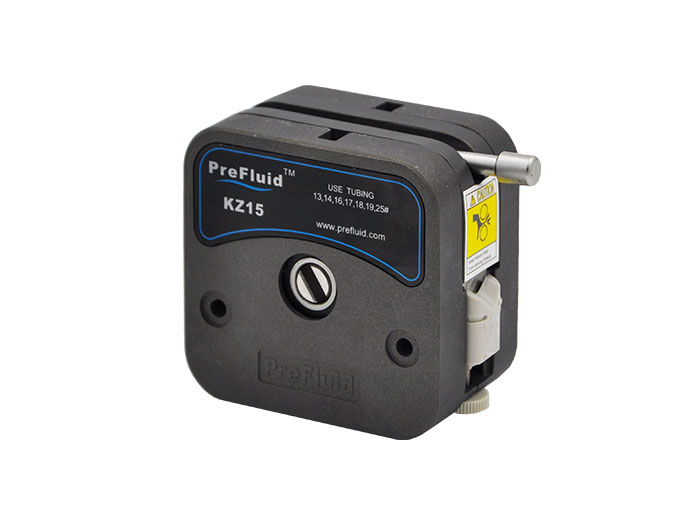What is the difference between peristaltic pump and ordinary pump? The two use scenarios are different. If a pool needs to be filled, or a large cubic storage tank needs to be irrigated, the pumps are used, and the main application is efficiency. On the contrary, in some industries, such as laboratory, pharmaceutical, medical peristaltic pump, etc., is a small flow, accurate transmission, which mainly uses accuracy. Let's introduce the peristaltic pump in detail.

Peristaltic pump is a new type of industrial pump, widely used in pharmaceutical, food, chemical and other industries, conveying some sensitive, viscous, corrosive, grinding, high purity requirements and containing a certain granular material medium. The hose is the liquid element of the peristaltic pump. The pump works by squeezing the hose through a roller or a press block, which means that the pump can dry rotate, self-priming and deal with high viscosity and high wear media.
In addition, the hose is an independent unit, so that the pump body does not need to be sealed, so it is completely leak-free, very sanitary, and each rotation output a fixed flow. This principle can be applied to all peristaltic pumps, then the pump head and driving part is an important factor to distinguish the quality of peristaltic pumps. The principle and concept of peristaltic pumps, or hose pumps, is similar to the repeated contraction and relaxation of muscles that allow blood to flow through the blood vessels.
The peristaltic pump works by the pumping efficiency of several rollers alternately squeezed/released along an elastic tube. The squeezed fluid in the pipe produces flow output, the pressure disappears after the pipe relies on its elasticity to restore the original state, the volume increases, the vacuum is generated, the suction fluid. Such continuous action is the working principle of peristaltic pump. Peristaltic pumps pump fluid by alternating the pump's elastic delivery hose, squeezing and releasing it.
The flow rate depends on the product of three parameters: the speed of the pump head, the size of the pillow and the number of pillows produced per turn of the rotor. The size of the pillow is generally constant, except when pumping particularly viscous fluids. Compared with the pump with the same rotor diameter, the pump with the larger pillow volume has the larger fluid volume transported by the rotor per revolution, but the pulsation degree is also larger, which is similar to the situation of the membrane valve.
And the pump with smaller pillow volume, the fluid volume transported by the rotor per revolution is also smaller; And the rapid, continuous formation of the pillow makes the flow of fluid more stable. This is similar to the case of gear pumps. With two-way equivalent flow transmission capacity; No liquid empty operation will not cause damage to any parts of the pump; Can produce up to 98% vacuum degree; Without valves, mechanical seals, and packing seals, there are no such factors for leakage and maintenance.
The above content is "What is the difference between peristaltic pump and ordinary pump" all content, how any peristaltic pump needs can leave a message or call to consult the Purui fluid.



